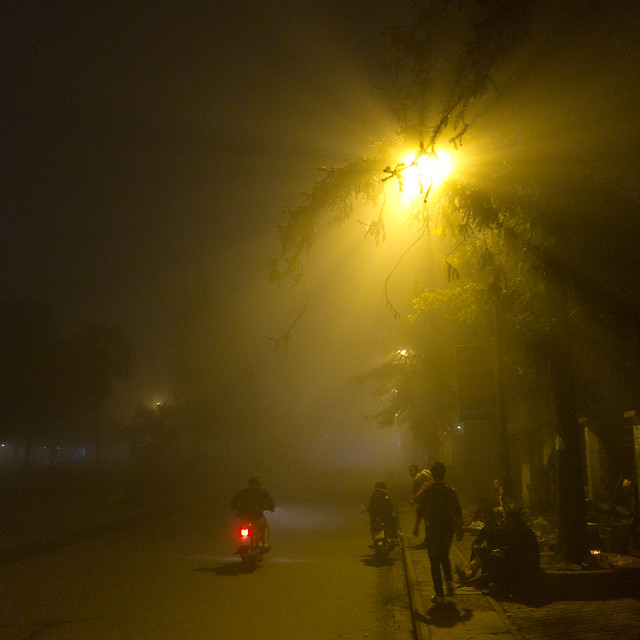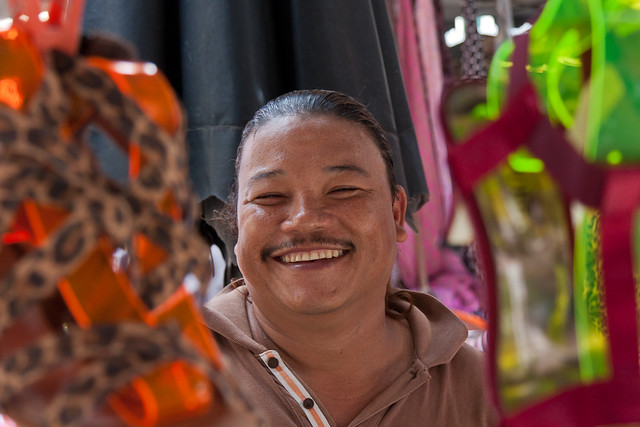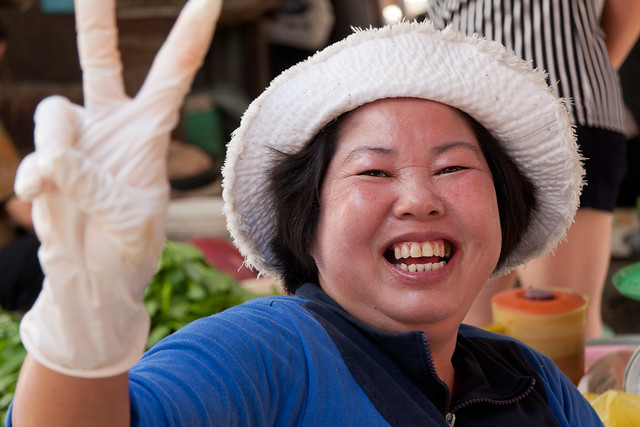
The perfect camera does not exist. There is no camera with the control and quality of a medium format technical camera, the versatility, handling, low light performance and responsiveness of a DSLR, and with the ease of use, size and cost of a point and shoot. So the name of the game is compromise. You will have to sacrifice some less important features to get the ones that are important to you.
My Compromise
I already have a nice DSLR and I love it. But have found it has one big drawback. It is too big and heavy, and too conspicuous to have on me all the time. So I miss shots because it is at home. To fill that gap, I wanted a small truly pocket-able camera, with good quality, decent low light performance, and most of the control that my DSLR gives me. For me, the Canon S95 perfectly fills that gap. (The new S100 which is soon to come would probably be even better.)
Pros:
- small and light (easily slips in a trouser or shirt pocket)
- excellent picture quality in most circumstances
- decent low light performer, helped by image stabilisation and an f/2.0 lens (though only at wide angle)
- shoots RAW, and has all the controls I need (PASM modes, plus the usual scene modes)
- clever controls, such as the dial around the lens, partly make up for a shortage of dedicated buttons
- good 720p HD video
Cons:
- small (so hard to hold well)
- short battery life
- no focusing and only digital zoom during video
- no viewfinder (which would help better framing)
- not as fast or responsive as a DSLR
- not as good in low light as a DSLR
Competitors like the Canon G12 (which has the same sensor), Nikon P7000, Olympus XZ-1 and Panasonic LX5 reduce these drawbacks. But they're bigger, would not fit in a jeans pocket, and would be at home much more often.
The same holds even stronger for the compact system cameras (such as the Olympus PEN, Panasonic G, Nikon 1, and Sony NEX families): they get quite close to a DSLR in quality and versatility, but in a small package. But they're not cheap, and not small enough to have always with me (jeans pockets!).
Which is why the S95 is the best compromise for me as a second camera. Together with a DSLR it does almost all I want, and the overlap (where both work fine) is remarkably big! (The shot above was taken with it.)
Your Compromise
Your best camera will depend on what you want to do with it, on your budget, and on what you already have. Assuming you are serious about photography, here are some suggestions.
If you want one small camera to do it all, but jeans pocket size is not a requirement, and you can afford it, then the Olympus, Panasonic or Sony compact system cameras may be the ticket. I suspect (but may be proven wrong) that the Nikon 1 won't have the image quality for these users.
If you are less concerned about size, go for a DSLR. If it's your first, pick the brand your friends have.
If you are thinking of a Fuji X100, a Leica M, or some other "niche" camera, you should know why they are the best for you and should not need advice like this:-)
For second cameras, think of the S95 and the competitors I mentioned above, but also your iPhone, or a standard point and shoot. Any new smart phone or recent point and shoot will take great pictures in most circumstances. Consider saving the money for lenses for your first camera.


